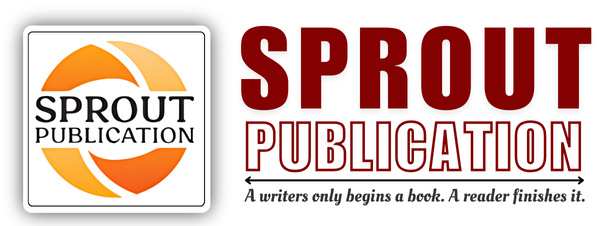Chapter 2: Impurity And Stability Studies-II
Chapter 2: Impurity And Stability Studies-II
Author: Dr. Gopal Garg
Volume: 01
First Online: 31 August 2024
Pages: 16-59
DOI:
Abstract
Impurities in new drug products, particularly degradation products, are a critical concern in pharmaceutical development. The rationale for reporting and controlling these degradation products is rooted in ensuring drug safety and efficacy, as they can impact the therapeutic performance and stability of the product. Regulatory guidelines mandate the reporting of degradation product content across batches to monitor consistency and detect any potential issues early. Degradation products must be listed in the product specifications, and their qualification involves evaluating their safety, often through toxicological studies, to establish acceptable levels. Regarding residual solvents, these are organic volatile chemicals used in the manufacturing process that need to be controlled to prevent harmful exposure. The general principles involve minimizing their presence to safe levels, with solvents classified into three categories based on their toxicity: Class 1 (toxic solvents to be avoided), Class 2 (solvents to be limited), and Class 3 (solvents with low toxic potential). Analytical procedures for detecting and quantifying these solvents are critical, with specific limits set by ICH guidelines. Reporting levels of residual solvents ensures that the final drug product meets safety standards, protecting patients from potential adverse effects.
Keywords: Degradation products, Drug safety, Drug efficacy Therapeutic performance, Stability, Regulatory guidelines

